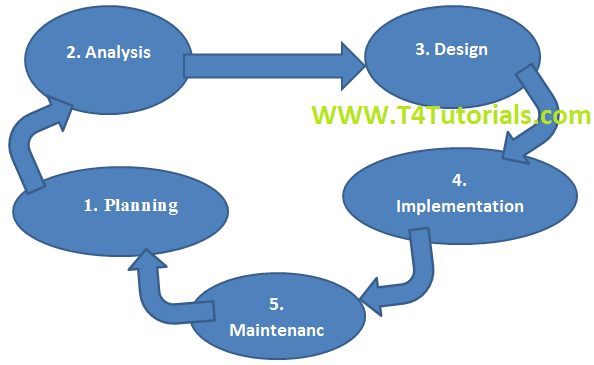System development life cycle(SDLC) and Comparison of Waterfall, Spiral, prototype and Iterative model
The system development life cycle is a process that is used in an information system, software engineering, and system engineering. The system development life cycle consists of six main phases to build a hardware system, or software system or combination of both to meet user expectations.
Why we used the system development life cycle
The system development life cycle provides a guideline or serves as a conceptual model in a software development project. SDLC stages contain complete guideline from an “initial feasibility study through maintenance of the completed application. We used this guideline to accomplish our project effectively and efficiently.Comparative Analysis of software engineering Models
The system development life cycle is a structured plan for developing software projects. It is the methodology of the framework used to develop the plan, analysis, design, implementation, and maintenance. Choosing the best (SDLC) method for your project is essential to the success of your project. In this comparative analysis, we discuss benefits and problem in different (SDLC) methodology, Likewise waterfall, spiral, prototype, and iterative models.| Features | Iterative model | Spiral model | Waterfall model | Prototype model |
| Requirement specification | Well understood | Well understood | Not well understood | Not well understood |
| Cost estimation | Less costly | High cost | Difficult to estimate the cost | High cost |
| Risk Analysis | Less risk | Very high | Risk not cover | Minimum risk |
| Software compatibility | For the big project | For the big project | For a big project | Complex |
| Complexity | Less complex | Complex | Complex | Flexible |
| Flexibility | Flexible | Flexible | Poor flexible | Suitable for a small project |
| User involvement | User involvement exist | User involvement exist | No user involvement | High user involvement |
